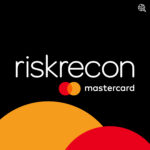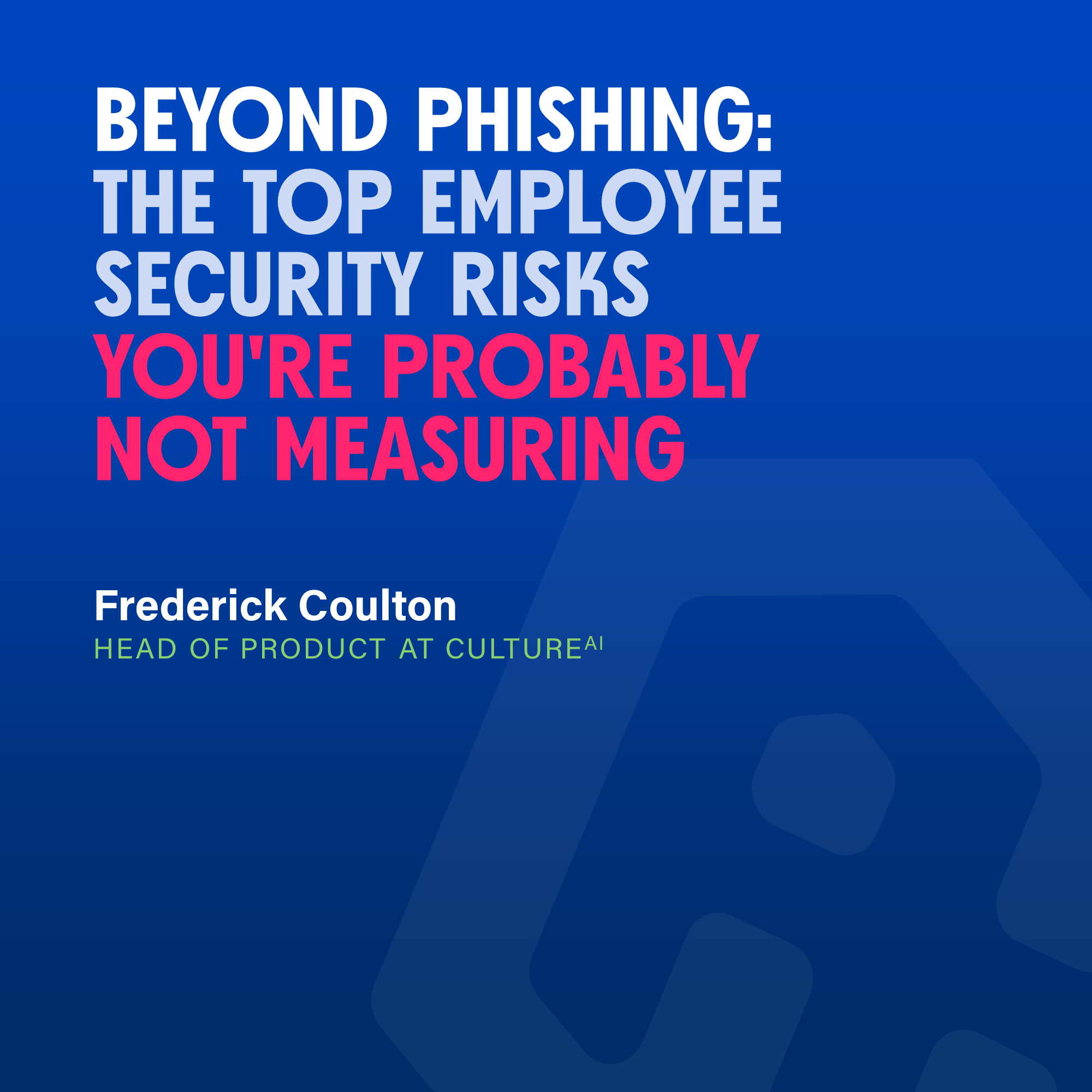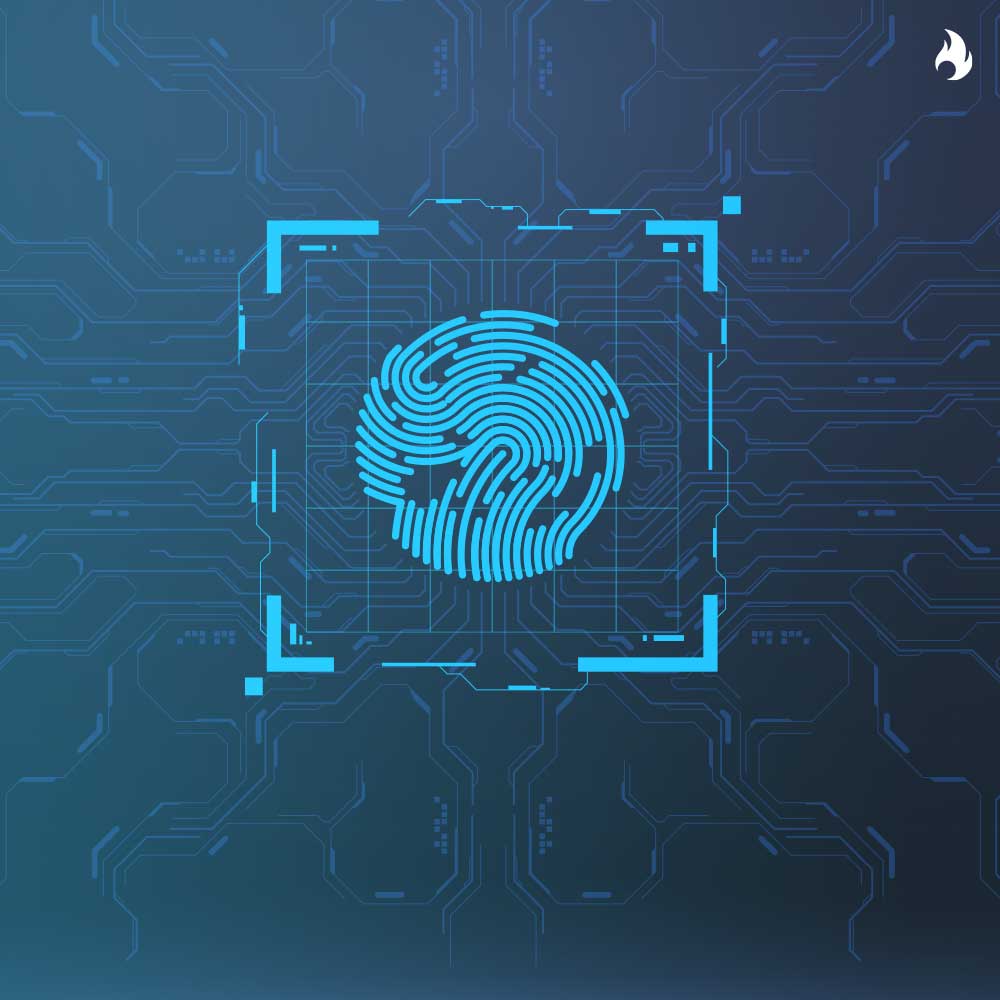With the rise of remote work and cloud-based services, organisations are becoming increasingly reliant on technology to conduct business. The larger the digital footprint, the higher the risk for data breaches and cyber-attacks. To help mitigate this risk, organisations need to invest time and resources in building a comprehensive identity security strategy. Identity security is commonly considered to be the foundation of IT security. Therefore, a well-designed identity security plan will not only help organisations to protect their critical assets and infrastructure from malicious attackers, but also:
- secure sensitive information,
- prevent data loss,
- meet compliance requirements,
- mitigate insider threats,
- enhance your organization’s trust and credibility.
Knowing where to start can be overwhelming. From navigating the complexity of assets and individual access control requirements, to having sight of all identities associated with a network, there is a lot to consider. We’ve created this easy-to-follow framework to help simplify the process and highlight the key areas of focus when building a robust identity security strategy:
- Identify your critical assets: The first step is to identify all the assets that are critical to your organisation’s operations. This includes data, applications, systems, and other resources that are essential to your business.
- Define user roles and permissions: Next, define user roles and permissions based on the principle of least privilege. This means that users are given only the minimum access necessary to perform their job functions.
- Implement strong authentication: Implement strong authentication mechanisms, such as multi-factor authentication (MFA), to verify the identity of users before granting access to resources. This helps to prevent unauthorised access and reduce the risk of identity theft.
- Enforce access controls: Implement access controls that restrict access to resources based on the user’s identity and role. This includes implementing granular access controls that limit access to specific data or applications based on the user’s job function.
- Monitor and audit access: Implement logging and monitoring mechanisms to track access to critical resources. This helps to detect and respond to security incidents in real-time.
- Educate users: Provide training and awareness programs to educate users on best practices for identity security, including password hygiene, avoiding phishing attacks, and reporting suspicious activity.
- Regularly review and update your strategy: Identity security threats are constantly evolving, so it is important to regularly review and update your identity security strategy to ensure it is up to date with the latest threats and best practices.
Many regulations and standards require organisations to implement strong identity security measures, and failing to comply with these regulations can result in significant fines and other penalties. By investing in building an identity security strategy, not only will organisations be securing their infrastructure, but it will help them to meet regulatory requirements and avoid penalties for non-compliance.
In short, taking the time to build a comprehensive identity security strategy is a worthwhile investment that can help you protect your organisation’s critical assets, comply with regulations, and enhance trust and credibility.
To find out what solutions to use to best support your identity security plan, get in touch with our team today at channel@ignition-technology.com
Learn more: https://www.ignition-technology.com/solutions/ignition-on-identity/
By Ignition Technology





